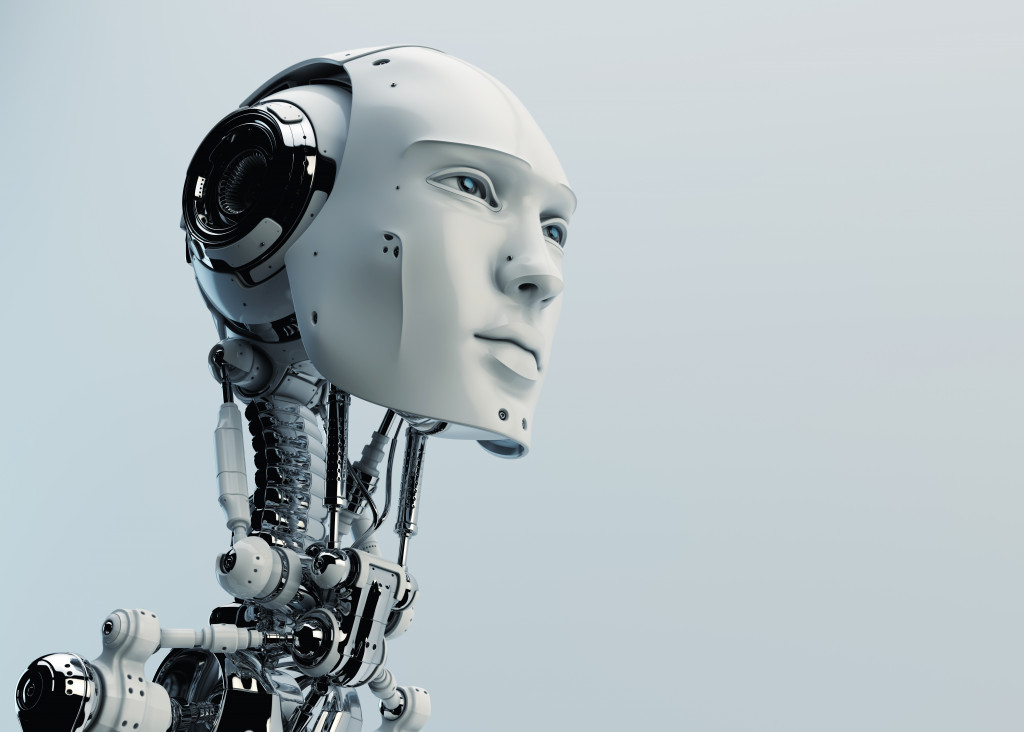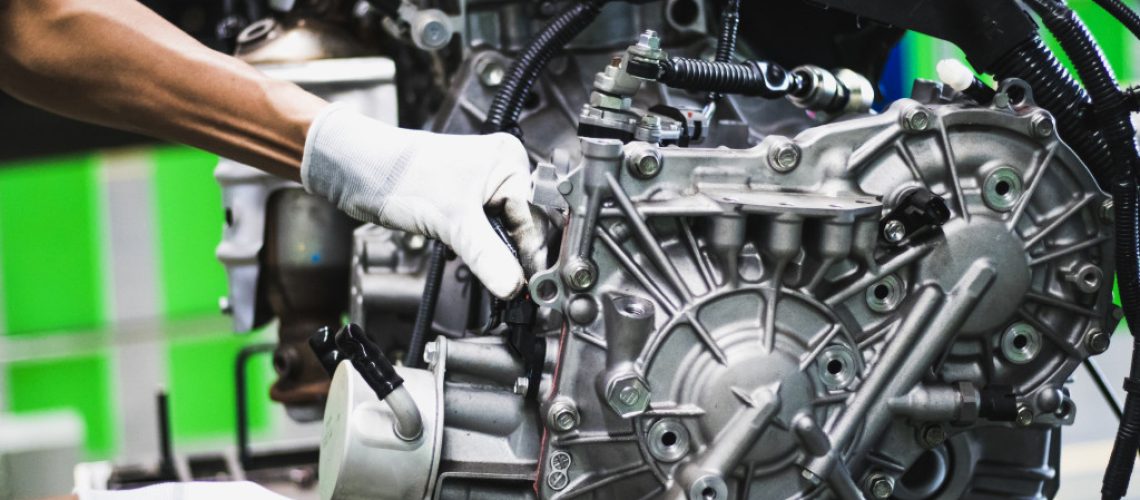Integrating cutting-edge technologies, like IoT, computer vision, artificial intelligence, and more, into vehicles has significantly changed the industry. In addition, the industry has started integrating AI in the production process, starting from designing to drivers’ safety and after-sale service. It paved the way for more innovative cars in smart cities.
Numerous automotive companies have started integrating cutting-edge technologies to beat the competition with the utmost customer satisfaction. Below are a few of the new, cutting-edge technologies in the automotive industry, in addition to the latest kinds of innovative paint protection film available.
Autonomous Vehicles (AVs)
Introducing autonomous or self-driving vehicles minimizes the need for human drivers, and many expect this concept to transform everyday transportation. Huge fleets will make public transportation much safer, reduce downtime, and the scope of last-mile deliveries. It can reduce accidents resulting from negligence and driver fatigue.
Most AVs also feature advanced recognition technologies, like AI-enhanced computer vision, to distinguish obstacles along the route.
Intvo, a US-based startup company, plans to introduce pedestrian behavior prediction technology. Unlike 2D (two-dimensional) and 3D (three-dimensional) object detection technologies have limited parameters, their solution is good for identifying risk levels, the leg movements of the pedestrians, eye contact, and head position. It reduces false positives in pedestrian detection and improves the overall safety of autonomous cars.
Udelv, another US-based startup company, also offers autonomous vehicles for last-mile deliveries. It features hyper-speed teleoperations and AI algorithms for human-assisted guidance in different situations.
Electrification
Human beings have been harming the environment and depleting fossil fuel reserves, so it sparked the call to promote electric cars. Manufacturers designed them to address fleet electrification, inadequate charging infrastructures, poor battery, and high price. It also resolves the issue of providing renewable, energy-based charging grids. In addition to addressing increasing greenhouse gas emissions, most startup companies are working on electrification solutions.
Lordstown Motors Corps designs an all-electric pickup truck. EnduranceTM is a durable work vehicle and comes with fewer moving components, unlike traditional commercial vehicles. Hence, allowing easier maintenance. It also features 4-hub electric motors to offer four-wheel drive, making it capable of traveling more than 250 miles.
ChargeX, a German startup company, designs a modular EV charging solution that turns parking spaces into charging stations.
Artificial Intelligence

Like computer vision, deep learning, and machine learning, innovative AI technologies use robotic automation applications. AI also improves services, assists drivers to boost safety, manages fleets, and guides self-driving cars. Likewise, it also uses applications in automotive manufacturing, increasing the rate of production and reducing costs.
RevitsOne, an Indian startup, designs an AI-powered fleet-management software that’s right for fleets of different sizes. It offers insights into health information, running vitals, and speed. Drivers will also want to use Voicera ID, a voice-based virtual assistant that helps them gather the information they need. It also features an onboard speed recorder that limits speed to discourage dangerous driving behaviors.
Apex AI, a US startup, allows manufacturers to integrate complex AI solutions. It offers secure, reliable, and robust APIS and runs on automotive electronic control units to build autonomous mobility solutions. It also offers modules to enable autonomous vehicles and build localization and 3D perception.
Human-Machine Interfaces (HMI)
Innovative connected and self-driving cars transform the industry; hence, they’ll drastically change drivers’ use of their vehicles. Human-machine interfaces use haptic or voice-based feedback to operate cars. It expands the scope of what aspects of a car and how users can control them.
In turn, it’ll make your driving experience more enjoyable and safer. It also includes smart virtual assistants who help riders and drives interact with their cars.
Apostera, a German startup, offers an advanced driver-assistance system. It combines surround-view monitoring, smart camera, and augmented reality to illuminate complex junctions, prevent collisions, and assist the drivers in keeping lanes. Furthermore, you can customize it to meet specific OEM requirements and car models.
Awayr, another U.S. startup, offers human-machine interfaces for robots, unmanned aerial vehicles, and vehicles. They also work with automotive original equipment manufacturers to enhance their interface’s safety and decrease the HMI development cycle. It also helps them design solutions to manage driver attention in unconventional issues, including autonomous vehicles that occasionally need human intervention.
3D Printing
3D is beneficial for the industry in three ways. Firstly, it allows rapid prototyping with 3D printed models that accelerate production’s testing and design phases. Then, it can allow manufacturers to print spare parts to match their requirements. Lastly, additive manufacturing of composite materials allows them to design automotive parts that are more durable, stronger, and lighter.
9T Labs, a Swiss startup, uses additive manufacturing to design carbon composites in the industry. Fibrify, the company’s design software, automates equipment design and optimizes fiber placement with additive fusion technology. It offers mass-produced carbon fiber products. 3D printed materials also offer improved stiffness and strength, more corrosion resistance, are dimensionally stable, lightweight, and affordable.
Today, the industry is waiting for more ever-changing and evolving artificial intelligence trends to design more innovative vehicles and improve productivity.

